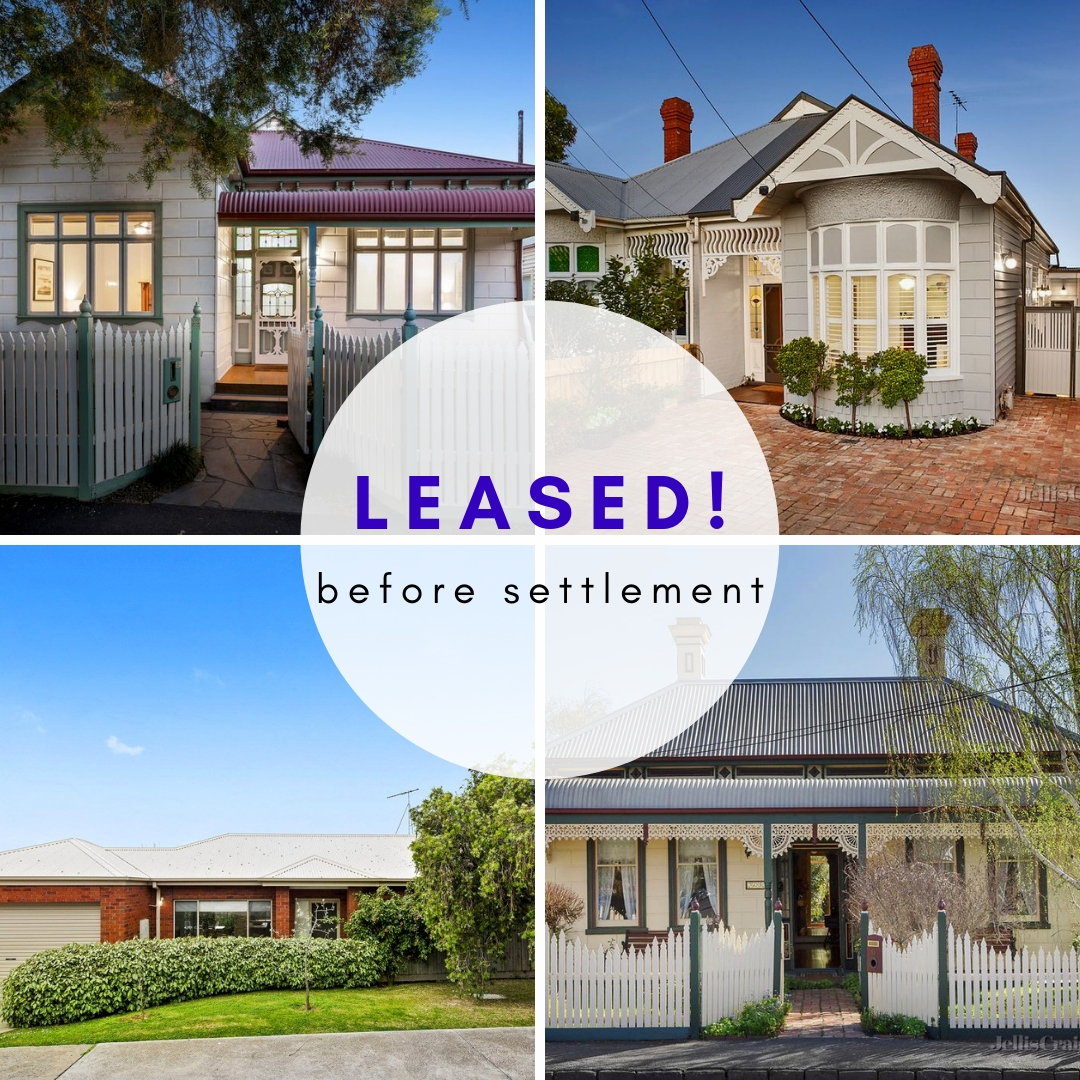In this changed lending landscape of ours, the negative sentiment, bad news stories and reports of market falls have created a negative picture for quite a few investors.
But like most economic change, there is a flip-side.
Heightened lender scrutiny, bank credit caution and the after-effects of our Banking Royal Commission have changed this environment of ours.
We now have less new investment purchases per month, a drop-off of investors overall, a tougher loan application process for those who ordinarily would have liked to jump out of the rental trap and into home-ownership, and more tenants.
Simple economics shows that our supply and demand ratio is no longer what it was during our exciting double-digit run of capital growth in our two major eastern seaboard cities.
Less landlords + More tenants = Less available properties to rent.
The impact is palpable for the segments of the market exhibiting these traits, (but it is important to point out that there are still segments of the market that are exhibiting an oversupply of available dwellings, namely new apartments and towers).
In our inner and middle-ring suburbs however, our housing rental market is in tight supply. Many open for inspections now have queues at the door and property managers are reporting high inspection numbers, fast rental application times and tenant-behaviour indicating that the short-supply is wearing thin.
 Over the first fortnight of the new year, five of our recent investor clients had property due to settle in mid Jan. As we usually endeavour to do, our selected property managers had access to each property prior to settlement for the purposes of advertising and showing prospective tenants through. Of the five scenarios, four received acceptable applications prior to settlement and the fifth leased four business days following settlement. Three of the earlier four leased after just one open for inspection, and one received applications in excess of the advertised weekly rental figure.
Over the first fortnight of the new year, five of our recent investor clients had property due to settle in mid Jan. As we usually endeavour to do, our selected property managers had access to each property prior to settlement for the purposes of advertising and showing prospective tenants through. Of the five scenarios, four received acceptable applications prior to settlement and the fifth leased four business days following settlement. Three of the earlier four leased after just one open for inspection, and one received applications in excess of the advertised weekly rental figure.
It is obvious to see why tenants would offer above the advertised rent, or why they’d consider a two-year lease option. It’s even understandable to see a tenant offering to pay the first six months’ rent in advance, but what isn’t obvious is why most landlords aren’t trying their luck for a little bit more rent at the time of advertising.
 I chatted this weekend with a trusted industry colleague who is operating his own Property Management business in Sydney to uncover this burning question. Chris refers to it as “Rent Increase Inertia”, the inability for landlords, tenants and/or property managers to adopt to the changing conditions and opportunity for rent-increases.
I chatted this weekend with a trusted industry colleague who is operating his own Property Management business in Sydney to uncover this burning question. Chris refers to it as “Rent Increase Inertia”, the inability for landlords, tenants and/or property managers to adopt to the changing conditions and opportunity for rent-increases.
Interestingly he was able to share with me some of the typical reasons for this; and there are a few;
- Landlord discomfort with increasing rent for a good, long-standing tenant in the fear that they will either take offence or vacate
- Property manager’s friendly bond with their tenant getting in the way of a commercial judgement call
- Ease in placing a new tenant (or reletting) if the rental is not too high
- Quicker pace for the leasing agent with limited OFI attendance if the property leases on the first go
Chris’s thought-provoking, recent article explains.
Of all advertised rental campaigns for the month so far, not a single property of our recent past clients’ required a rental reduction or a period of vacancy (outside of the four days). Could have we asked for more? Potentially, but it’s a fine balance for landlords when it comes to price setting a rental. Asking too much can either result in an unwanted array of tenants who have been rejected on other more-accurately priced properties, or a vacant period.
Pricing rents accurately, watching the market and trying for a tad more when you have a bit of time up your sleeve is the secret to achieving a pleasing application…. and then the application assessment process opens another chapter. For existing tenants, accepting that the relationship is a commercial relationship and avoiding letting rents slip below commensurate rates is vital.
